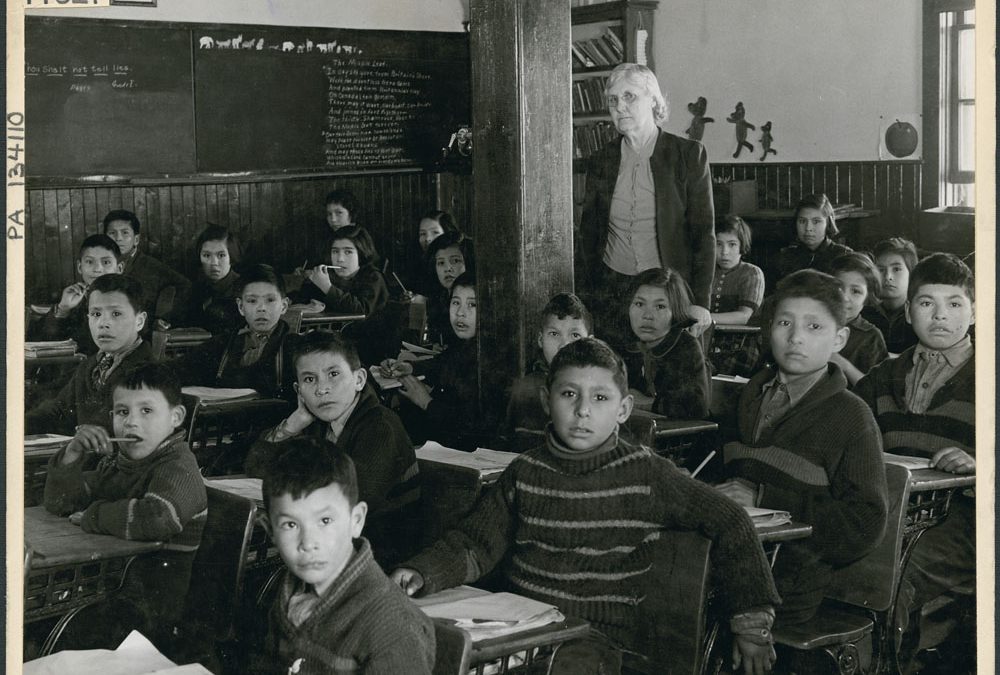A permanent public monument is being planned to honour those who suffered, and those who continue to suffer, the impact of residential schools.
It will be located surrounded by the gardens at Government House in Regina.
“The main reason for my perspective, would be that the province show its, or demonstrate its recognition of the residential schools and their impacts, both in the past and current in terms of intergenerational effects and trauma,” said Lieutenant Governor Russ Mirasty.
“It is part of our history, part of the history of Saskatchewan part of the history of Canada. And like any history that we look at, or study or reflect on, it’s not whole until you tell the entire story. And to leave this out would be really a travesty. Not that anybody’s saying that that would happen. But by creating a monument, it’s an everlasting, constant reminder of the residential school, not only for the people Saskatchewan but for visitors that that happened to come to visit Saskatchewan and Regina.”
Mirasty said he approached the province about the monument early into his mandate, suggesting there was wide support to move ahead.
The Truth and Reconciliation Commission estimates that approximately 20 federal residential schools operated in Saskatchewan from the 1880s to the 1990s. This pre-dates Saskatchewan entering Confederation.
Since Residential Schools were a federal policy, and that Government House represented Ottawa, Mirasty said its only fitting that the monument be on display at Government House.
“The closest connection or relationship to government is Government House, or to the policy and to government is here at Government House on the grounds. A lot of it is historical, in terms of bad relationship, good or bad,” explained Mirasty. “Certainly, a bit ironic. I suppose for the monument like that to be on the grounds where a government set but I think that also demonstrates I guess how important it is to have that monument and especially here.”
The monument would also achieve TRC Calls to Action #82 which recommends installing a publicly accessible, highly visible, Residential Schools Monument in each capital city to honour survivors and all the children who were lost to their families and communities.
Early ideas for the monument would be to have a place where people can reflect spiritually, but also learn about the legacy of Residential Schools.
“May it serve as a site for reflection, conversation, celebration and education, and most importantly as a place for healing,” Premier Scott Moe said.
Mirasty is expected to take the winter to discuss with survivors, families and elders the monument before announcing construction details.
The federal government reports that 150,000 Indigenous children were removed and separated from their families and communities to attend these schools.
